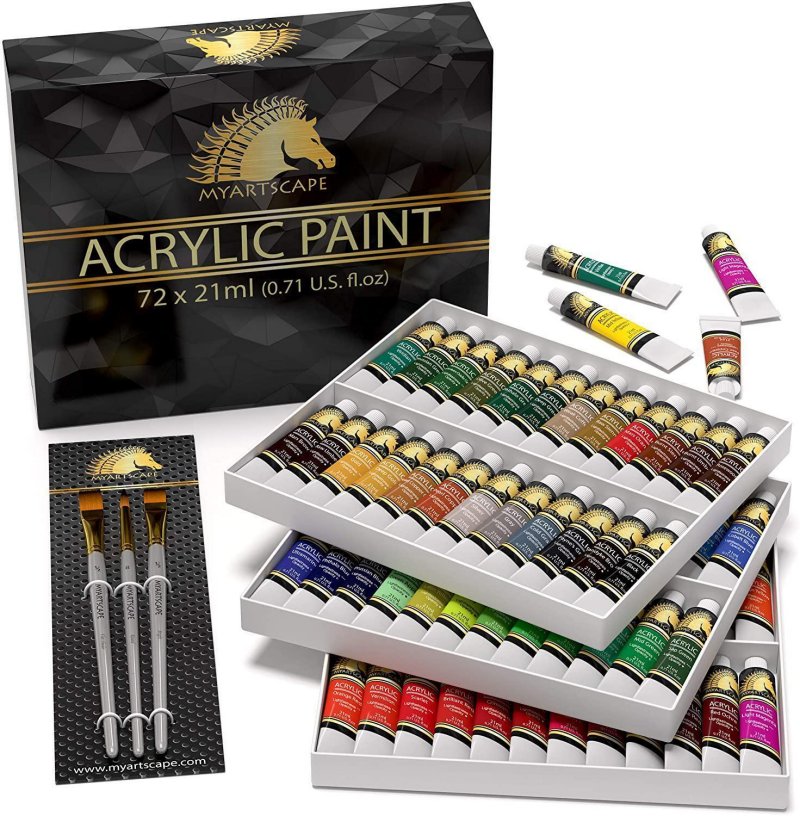goscrewyourselves
I'm the one
I know how to create the rock face, BUT have forgotten how to "paint/stain them" to achieve a realistic looking rock. So, what do you guys do or how do you paint your rock faces - type of medium, colors etc. 
Its a great technique that produces a very good results.Thanks Mike, and that was pretty much how I first started doing my rock faces
Isn't that always the way!!Just went through my batch of acrylic water colors and have every shade of every color EXCEPT the colors I need
Looks like a trip back to amazon then

Umm, just mix them till you get the color you need. Black, red, yellow, blue and white are all you ever need. That's how I like to paint anyway. I've done pets and landscapes using the above.Just went through my batch of acrylic water colors and have every shade of every color EXCEPT the colors I need
Looks like a trip back to amazon then
You paint your Pets, why ??? Surely you knew what colour they were when you got them.Umm, just mix them till you get the color you need. Black, red, yellow, blue and white are all you ever need. That's how I like to paint anyway. I've done pets and landscapes using the above.
For me I swear by the woodland scenic Color system. I would imagine you can do,the same with washes and then a finishes dark wash to bring out the cracks crevices and blend the colors together as well.I know how to create the rock face, BUT have forgotten how to "paint/stain them" to achieve a realistic looking rock. So, what do you guys do or how do you paint your rock faces - type of medium, colors etc.
Yep this is another technique that works well , gotta be careful with that yellow ochre its easily overpowering, I think it’s that overall final wash with black or achohol/India ink that puts the icing on the cake. I’ve found it also extremely important that no matter which product is used for making the castings that letting them dry for at least a week works best.I usually put on several coats of different colors, one at a time, generally watering down the paints and applying with a paint brush. Follow up with a weak india ink solution.
Brown, tan, yellow are the generic colors should be able to get any result using these, you might need a red too.
Start weak and use several coats to get it where you want it. I think some things are simpler than expected?
Keep in mind your lighting is going to have a big role in how the rocks look. If you want to duplicate a look you have seen on the internet you would need to have the same lighting to honestly compare how you are doing.
Dave

